No Results Found
The page you requested could not be found. Try refining your search, or use the navigation above to locate the post.
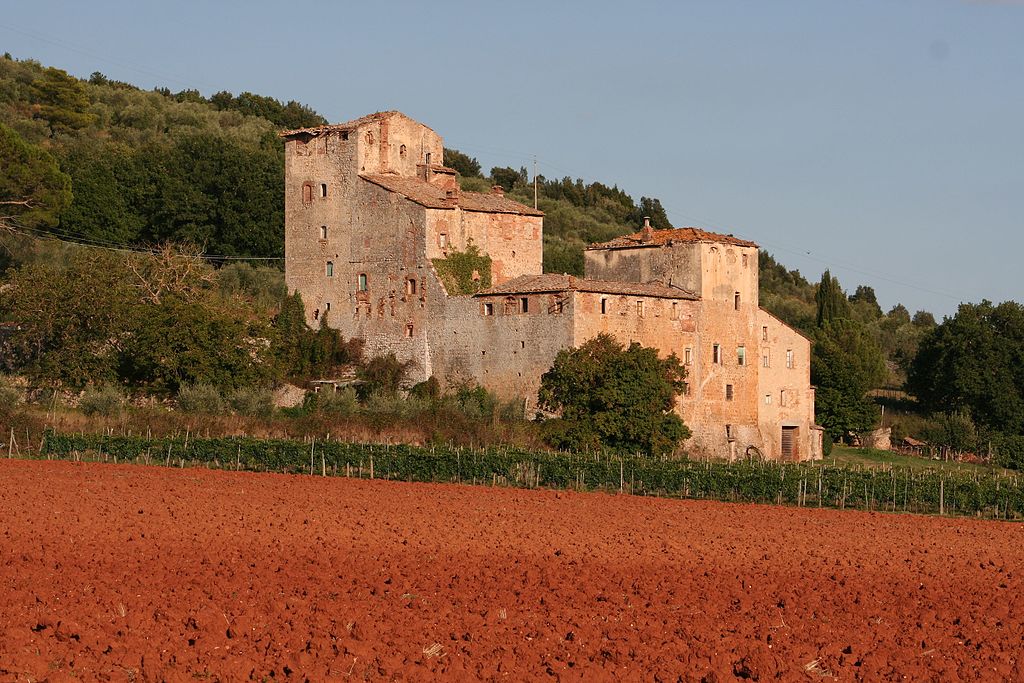
An evocative landscape rich in historical memories
From afar Sovicille looks like a small island immersed in the green woods and hills of Tuscany. Sovicille is located about 10 km from Siena and with its 14,376 hectares is one of the largest municipalities in the Province.
The elliptical structure of Sovicille’s ancient core denotes its Etruscan origins. As evidence of this, these people, and later the Romans, founded their villages on the hillside watersheds both for defensive purposes and to avoid flooding and epidemics.
The historic centre of Sovicille has preserved its original dimensions from the 14th century without expanding further, because over the centuries it has suffered wars, fires and numerous plagues.
Below the village, there are several tunnels dug into the rock during the Middle Ages as secondary escape routes to escape sieges. Instead of the war memorial, there was a well-tank for the village’s water supply until the 1920s. Until the middle of the last century, the shops were stables for donkeys and mills, as Sovicille was a town of charcoal burners, woodcutters and barrow drivers.
The historical and artistic heritage of the area is of absolute importance, with a large number of Romanesque churches, abbeys and castles dotting its wooded and hilly landscape. Sovicille also boasts the highest number of medieval villages in Tuscany (about 55), some of which have disappeared, others reduced to farmhouses, and others still preserved to this day without alterations.
San Rocco a Pilli is the most populous locality in Sovicille. This area has expanded considerably in recent decades along the slopes of the hill on which the bell tower of the parish church stands. The village initially developed along the ancient road linking Siena with Poggio Civitate and Roselle.
On top of San Rocco stands the church of San Bartolomeo, which has had a troubled history, alternating between closure and restoration. Today, however, it has finally been reopened for worship.
The page you requested could not be found. Try refining your search, or use the navigation above to locate the post.
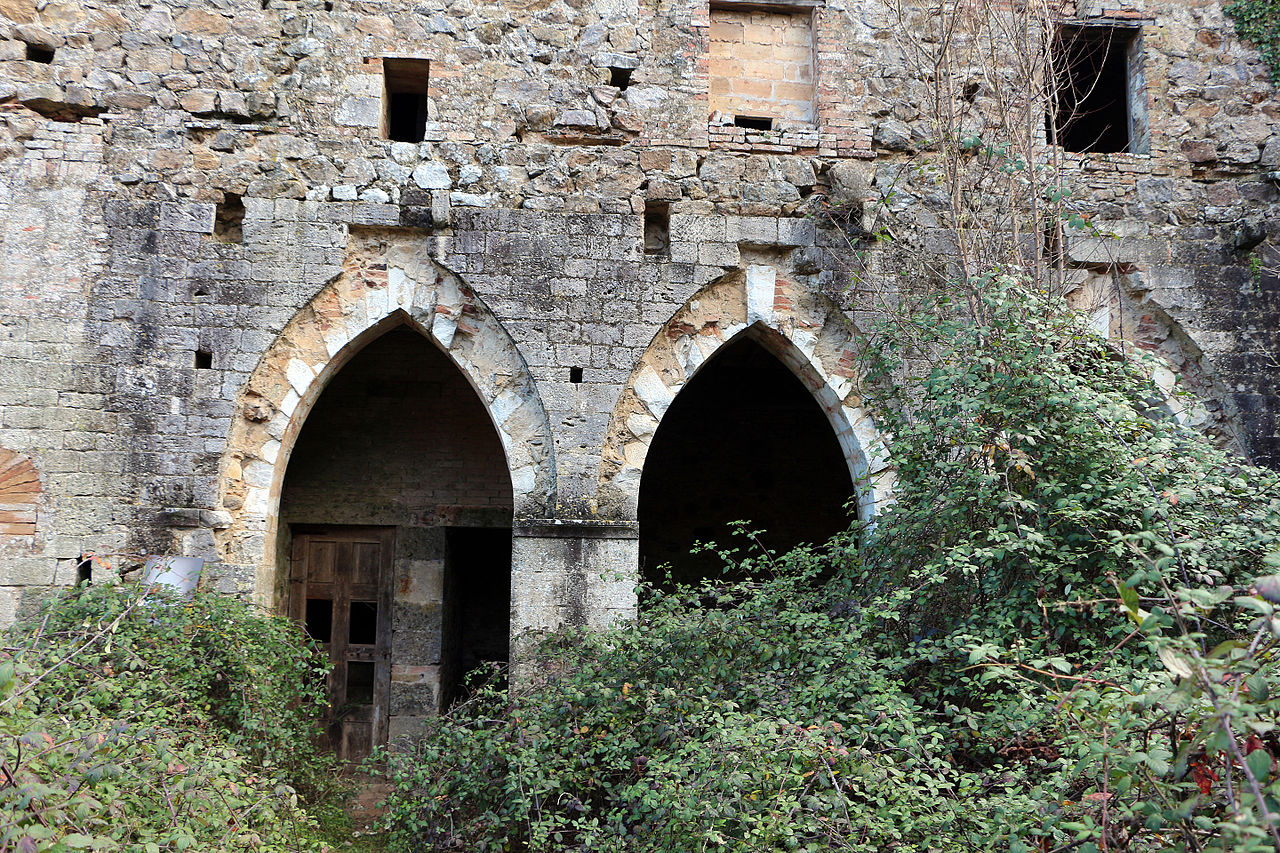
Between legend and modernity
Rosia is a fraction of the municipality of Sovicille and owes its name to the homonymous stream that flows nearby. When we think of this place we cannot fail to mention the Hermitage of Santa Lucia and the Ponte della Pia.
The hermitage of Santa Lucia is a sacred building located near Rosia. Its origins date back to before 1200 and are presumably due to the hermit Bonacorso who lived there. The hermit was later joined by several followers who made it necessary to build accommodation. In the years that followed, the dioceses of Siena and Volterra made the community official and granted indulgences to all those who made offerings to the community. The church, which was dedicated to Saint Lucy, is thought to date back to 1252 and its consecration to 1267.
A miracle is also said to have occurred in the hermitage, namely the transformation of water into wine by Prior Clemente da Osimo with a simple sign of the cross. The hermitage was suppressed by the diocese of Siena, although it continued to be inhabited by some friars for a long time. Throughout the Middle Ages, pilgrims and wayfarers travelling from Siena to the Colline Metallifere and the Maremma found hospitality here.
The hermitage of Santa Lucia is one of Tuscany’s hidden gems and is located just beyond the Ponte della Pia, dedicated to Pia de’ Tolomei mentioned by Dante in the Divine Comedy and more precisely in the fifth canto of the Purgatory.
Ponte della Pia crosses the Rosia stream at the border between the municipalities of Sovicille and Chiusdino. During the winter months and colder periods, the little water flowing under the bridge is often frozen, creating a truly fairy-tale scenario. The Ponte della Pia is a bridge of Roman origin and is linked to a legend or perhaps something more.
This consists of a single humpbacked arch and is supported by a scarp base to ensure that the waters of the stream below would not weaken its foundations. Even today it is still possible to cross it on foot. The present structure dates back to the early 13th century and connects the two banks of the Rosia stream. In the past, it played an important role along the route of the ancient Via Massetana, which connected Siena to the Maremma, and in particular to the Colline Metallifere and Massa Marittima, from which the name of the road derives.
According to popular history, the beautiful Pia de’ Tolomei, wife of Nello d’Inghiramo de’ Pannocchieschi, passed over this bridge. This event is also mentioned in a famous canto of the Purgatory of the Divine Comedy. Nello had Pia locked up in his castle in Maremma, forcing her to leave Siena forever: Pia walked the road to the sea for the last time, crossing the bridge that took her name.
A large number of books have been written on the figure of Pia, between reality and myth, some based on exclusively historical facts, others on the many tales of Tuscan folk tradition. Some versions claim that the woman was not able to give Nello an heir and therefore he had her killed by assassins. Others tell of a betrayal by the woman and the jealousy of her husband. Others tell us that Nello killed her so he could marry his lover, Margherita Aldobrandeschi. But all the stories have the same ending: Pia de’ Tolomei was thrown from the bastion of the Castello della Pietra by her husband. So much so that even today there is a precipice referred to as the ‘Countess’s Leap’ on which the Pietra Castle stands.
We will hardly know the truth. To add to the mystery, a legend has it that the ghost of the noblewoman appears on the bridge: some people swear that on moonless nights they have seen a motionless, peaceful figure, surrounded by a pale light, dressed in white with a veil covering her face.
Pia’s human story is very far away from us in time. However, today Pia is a symbol of our times, which are so sadly filled with stories of women being abused, mistreated and murdered by violent and brutal men.
The page you requested could not be found. Try refining your search, or use the navigation above to locate the post.
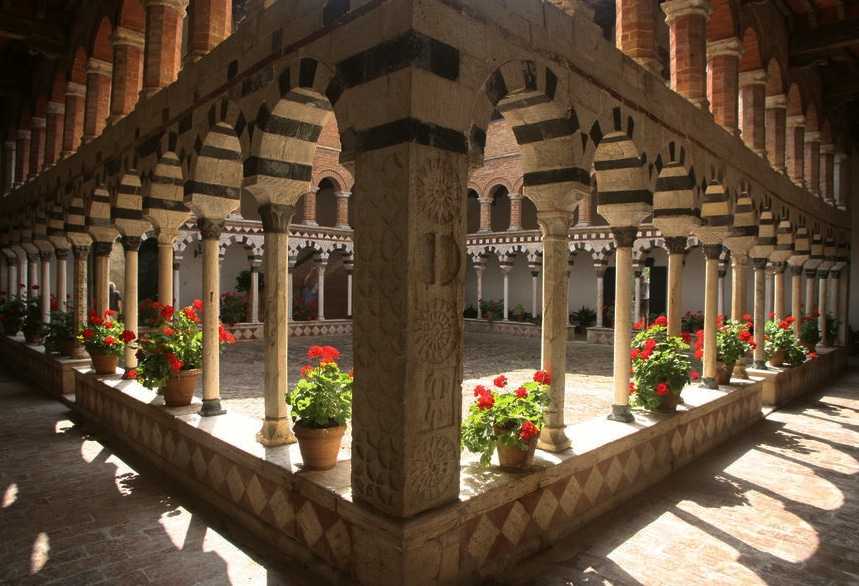
A village with a medieval appearance
Entering the ancient village of Torri, one is surprised by the medieval atmosphere that reigns there and by the suggestive corners of the small squares and courtyards.
The village is a hamlet of the municipality of Sovicille, located near the Merse river and reached by a winding avenue lined with cypress trees. An arched doorway in the stone walls leads to a square with the old bakery that was used to make bread for the whole community, from which picturesque little streets lead to the other doorway, which no longer exists.
The ancient village of Torri, which grew within an oval wall more than 20 metres high, developed around the Torri monastery dedicated to the Holy Trinity and later to St Mustiola.
The monastery of Santa Mustiola, probably founded in the mid-11th century, was very influential during the 13th century because it exercised a constant mediating role between the local lords and Siena. Recognition of its importance was enshrined in a decision in 1245, when the municipality took the monks under its protection and they undertook to build the mills on the Merse river.
The abbey is currently used as a villa-farm.
The page you requested could not be found. Try refining your search, or use the navigation above to locate the post.
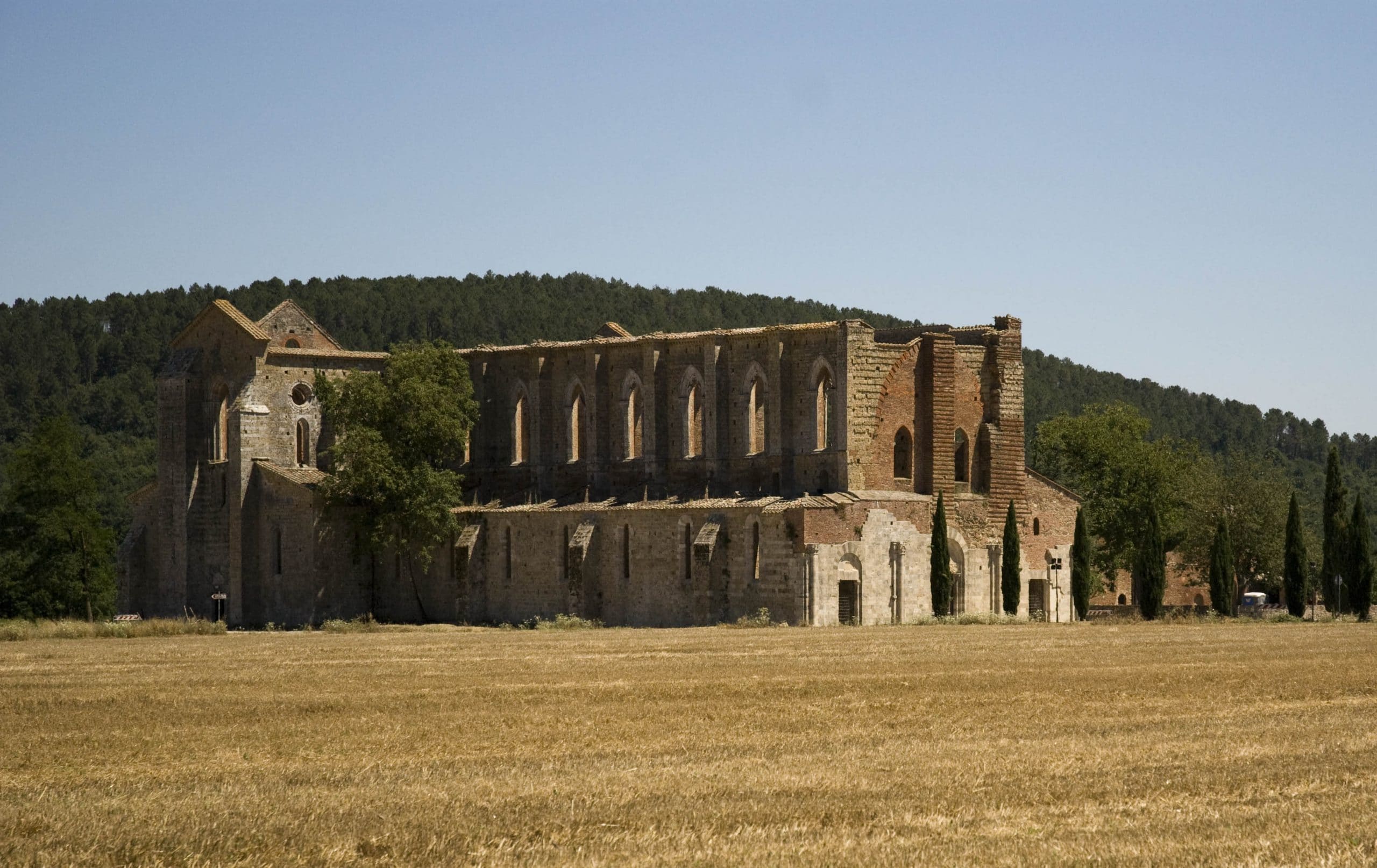
The remains of one of Tuscany’s most important monasteries.
The site includes two different attractions: the large Abbey with a huge roofless church and the hermitage of Monte Siepi where, according to legend, St Galgano retired as a hermit.
At Christmas 1180, Galgano decided to change his life and begin a new existence in complete isolation and penance, relentlessly seeking God and the peace that the turbulent times in which he lived denied him. As a form of total renouncement to any kind of violence, Galgano drove his sword into a rock, with the idea of using it exclusively as a cross before which to pray. This was a symbolic gesture of great strength for that period.
Galgano’s sword is located in the centre of the Rotonda of Monte Siepi, in the chapel a few hundred metres from the San Galgano Abbey. Judging by the visible part protruding from the rock, it appears to be an authentic sword from the 12th century.
Galgano died in 1181 leaning on his cross and a beautiful chapel was built in his honour. The church perfectly respects the canons of the Cistercian abbeys; these canons were established by the rule of St Bernard and included precise rules regarding the location, architecture and layout of the buildings. The abbeys had to be built along the most important communication routes (in this case the Via Maremmana) to facilitate communication with the mother house; they were also located near rivers (here is the Merse) to exploit hydraulic power; and finally, they were always in wooded or marshy areas so that they could be reclaimed first and then used for cultivation.
In 1185 Galgano was proclaimed a saint by Pope Lucius III. Soon the monks devoted to him became a point of reference for the whole territory and for the Republic of Siena. The majesty of the abbey testifies, in fact, to the large following of the cult of San Galgano.
Some scholars argue that there are similarities between the story of St. Galgano and that of King Arthur because both events occurred in the 12th century and, moreover, between Galgano and the name of one of the Arthurian knights, Galvano, there are particular similarities. What we can take as certain is that there is this sword curiously embedded in a rock that brings back the echo of ancient and distant secrets of the history and medieval art of the countryside that have never been revealed.
Barbischio More than an ancient Florentine defenseThe Castle of Barbischio dominates the village of Gaiole In Chianti. In 1200, together with the nearby Montegrossi, Vertine and Meleto, Barbischio was part of the Florentine defences of this area of Chianti, bordering...
San Gusmé The classic landscape of Chianti Senese between vineyards, castles and farmsSan Gusmé is a small fortified village a few kilometres from Castelnuovo Berardenga. From the top of its hill dominates the valley below where on the horizon you can easily recognize...
Villa a Sesta A village of ancient origins and a thousand suggestionsIn the heart of the Chianti countryside, in a landscape where art, history and nature coexist, you come across a country of ancient origins and a thousand suggestions. Villa a Sesta is the typical...
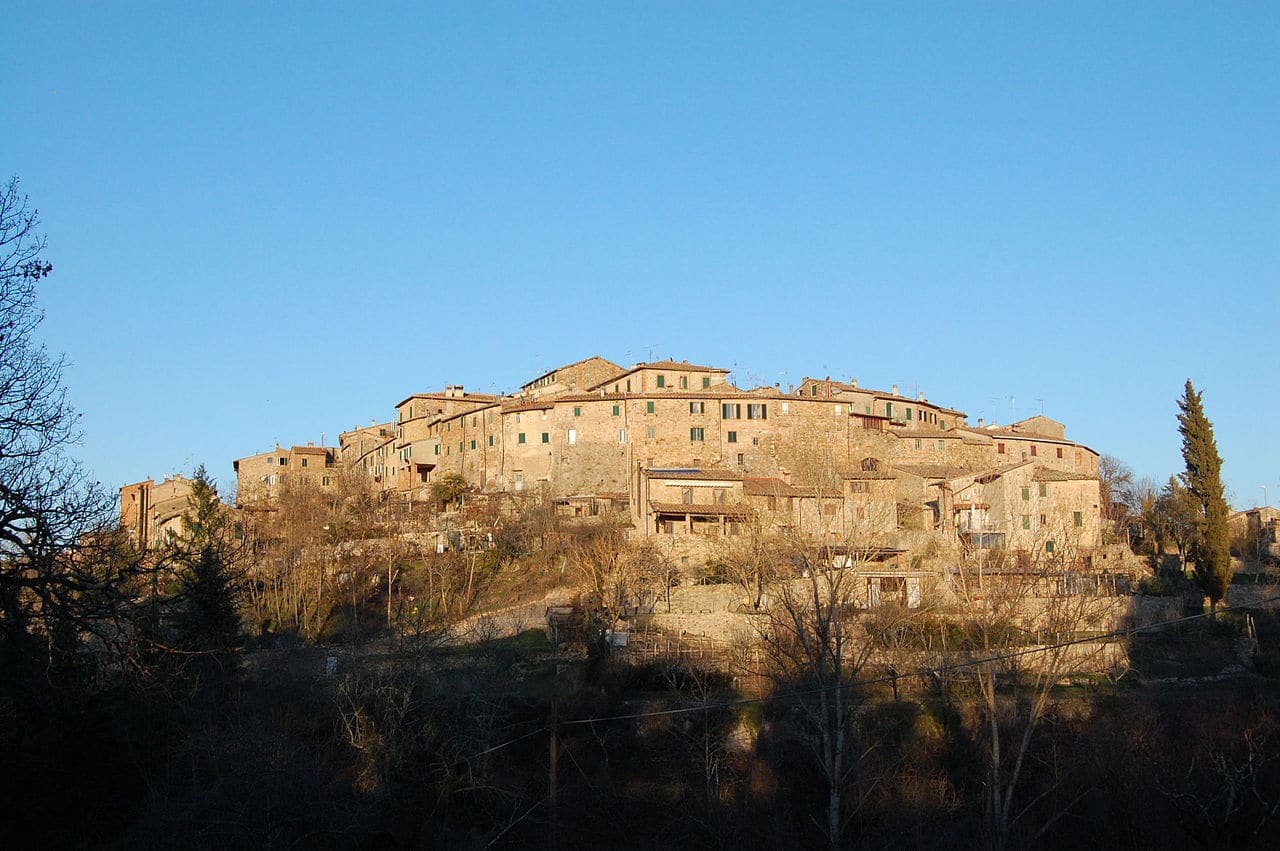
A medieval village with two rivers and two natural reserves
Among the beautiful hills of Terre di Siena is Monticiano with all its authenticity. Its territory is crossed by the Merse and Farma rivers which give life to two magnificent natural reserves, places of peace and tranquillity.
The natural reserve of the Farma torrent is situated between Monticiano and Roccastrada and has an extension of 1500 hectares of hills characterized by woods, small areas used for cultivation and pasture plots. The Natural Reserve of Alto Merse is located between Chiusdino, Monticiano. Both areas are surrounded by woods of century-old trees and represent a valid alternative for excursions, thermal baths and out-of-town trips.
We are talking about thermal baths because very close to the two reserves mentioned above, there are the Petriolo Thermal Baths whose therapeutic sources flow at 43° and are rich in salts and beneficial properties. This oasis of well-being has always been highly appreciated and frequented by the most illustrious families in history such as the Medici, Malatesta and Gonzaga families.
In the Monticiano area there is also the famous Kurt Laurenz Metzler Garden, founded in 1995. The Swiss author used the Sienese landscape as a scenic space to theatrically arrange his sample of about 50 coloured human figures in iron, marble, aluminium and bronze that portray the relationship between man and the territory.
The oldest part of the village of Monticiano is situated on a hill from the top of which you can enjoy a breathtaking view over the valley of the river Merse.
In Monticiano there are several very interesting churches to visit both for their composition and for the variety and importance of the artistic works inside.
To remember the origins of this town, every year in October the Palio dei Ciuchi is celebrated, a donkey race in medieval costume that brings us back to the past.
The page you requested could not be found. Try refining your search, or use the navigation above to locate the post.